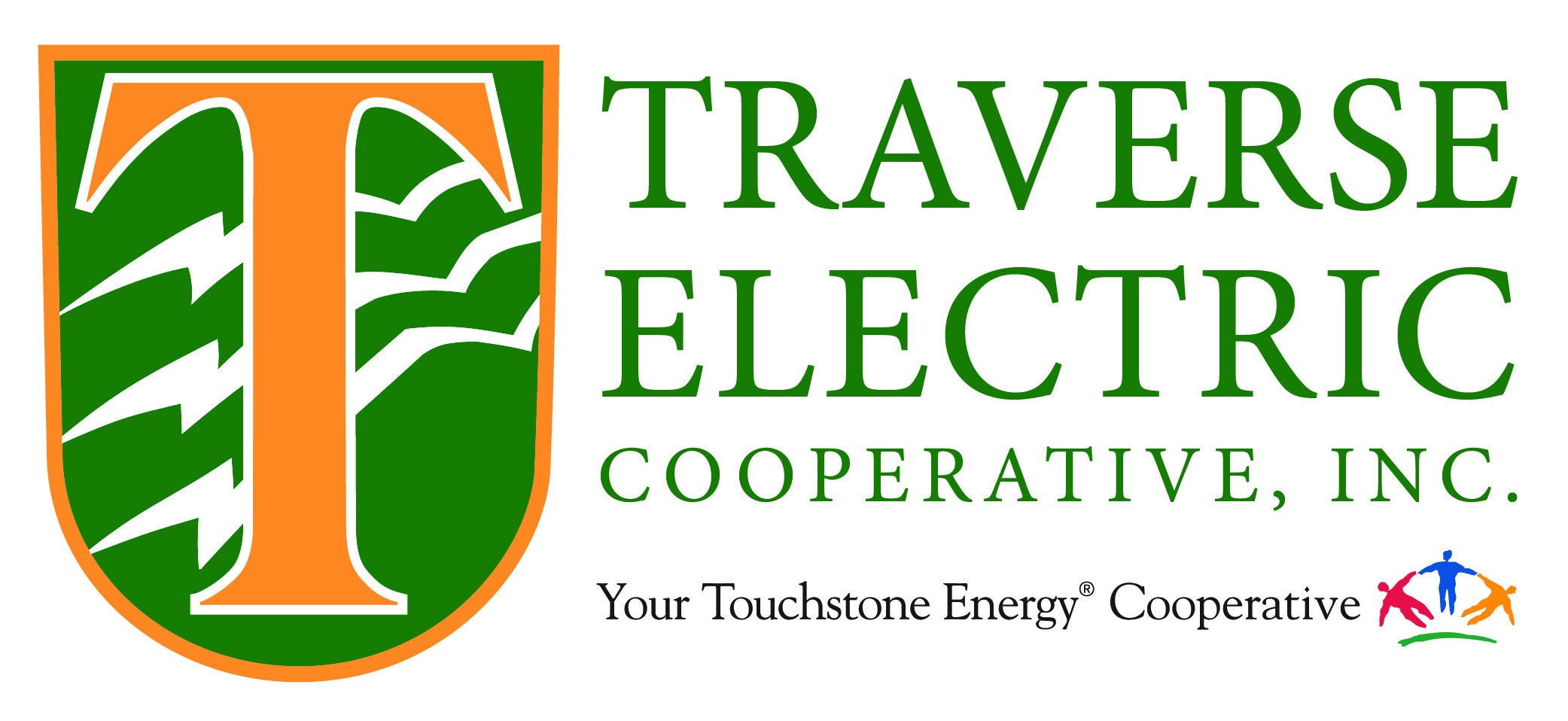Implementation of a procedure to be utilized when investigating a neutral to earth voltage complaint. To provide a uniform procedure for all consumer member neutral to earth voltage complaints, so as not to cause unnecessary cost to one class of service from another class of service requiring different standards.
The Cooperative provides electric energy and service to their consumer members utilizing a multigrounded distribution system. Fundamental to the operation of a multigrounded distribution system is the existence of a low impedance path for return load current. To achieve low impedance return path, the distribution line uses the earth in parallel with the system neutral conductor so that return current enters the earth via ground rods on the primary neutral, grounded rods at the member's service, or a member's grounded equipment which is bonded to the secondary neutral. The use of this multigrounded system greatly enhances the safe operation of the distribution system for all concerned.
Since the system neutral has impedance and since there will be a voltage present on the system neutral, this voltage will be present on both primary and secondary neutrals because they are bonded together. The level of voltage will vary depending on the consumer member's energy utilization and other loads on the line. The voltage actually measured on the consumer member's secondary system will depend on the level of neutral current and on the condition of the consumer member's wiring, grounding, and equipment.
THIS TYPE OF NEUTRAL CONNECTION HAS BEEN, IS, AND WILL BE THE STANDARD FOR ALL POINTS OF SERVICE. This type of connection provides maximum safety in case of lightning or other fault conditions. Under normal operating conditions, this type of connection also keeps neutral voltages low enough so that there is minimal risk of injury to people using the system. However, the neutral voltages, whether arising on the Cooperative's or the consumer member's system, cannot always be kept at the level generally believed necessary to assure that no operations will be affected. A consumer member needs to consider whether his service requirements are more stringent than those of other consumer members. He is encouraged to construct his facilities in ways that will satisfy his special requirements. However, if the consumer member suspects that the normal neutral to earth voltages are affecting his operation, he shall have the responsibility to inform the Cooperative.
The Cooperative shall respond to all neutral to earth voltage complaints promptly. If, after investigation by the Cooperative and the consumer member's own electrician, the consumer member deems the level of neutral to earth voltage to be unsatisfactory for his application, the consumer member may elect to install available remedial devices on his service to bring the standard of service within his requirements, or may request non standard service from the Cooperative. In its discretion, after considering safety and other factors of its system operation, the Cooperative may provide non standard service. The cost of such service shall be borne by the consumer member.
The Cooperative will manage their multigrounded distribution system so that neutral to earth voltages will not exceed 10 volts. Consumer members requiring a special service, where the neutral to earth voltage on the primary system must be at a level below 10 volts, a level of service not required by other consumer members, will be responsible for the costs associated with reducing neutral to earth voltages to an acceptable level to meet their particular needs.
The Cooperative shall advise the consumer member of approved devices and methods that are available to alleviate specific stray voltage conditions. If it is a device to be installed on the consumer member's electrical system it is recommended that the device be installed at the consumer member's cost by a competent electrician. If the consumer member needs to rely on a device to separate the primary and secondary neutrals at the Cooperative's transformer, the device used will be determined by the Cooperative, must be a device which satisfies the requirements of the most recent revised edition of the National Electrical Safety Code, and the costs for materials and labor will be paid for by the consumer member before any type of primary/secondary neutral separation is performed by the Cooperative.
This policy and appropriate information about acceptable devices to alleviate undesirable stray voltage conditions are based upon research conducted by the National Rural Electric Cooperative Association, other interested organizations and institutions and work done by the Pennsylvania Rural Electric Association's Stray Voltage Committee.
-
The Manager and department heads are responsible for the administration of this policy.
-
The Board of Directors is responsible for any change in or revision of this policy.
